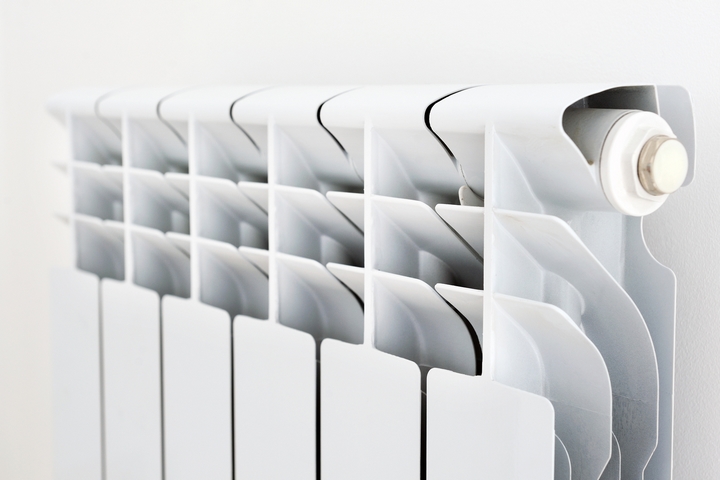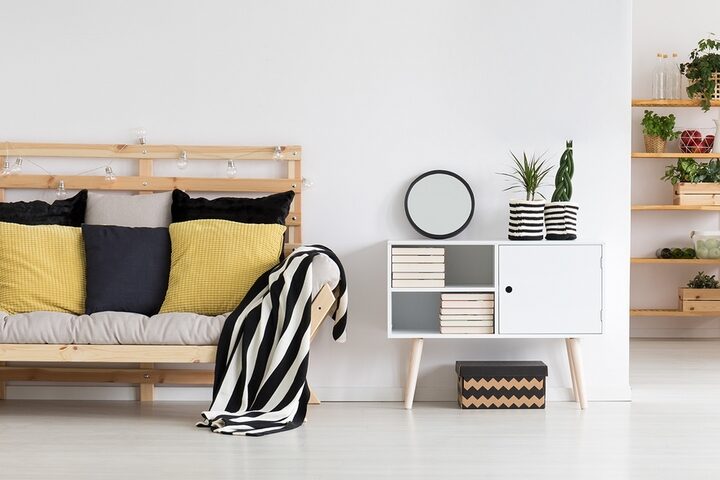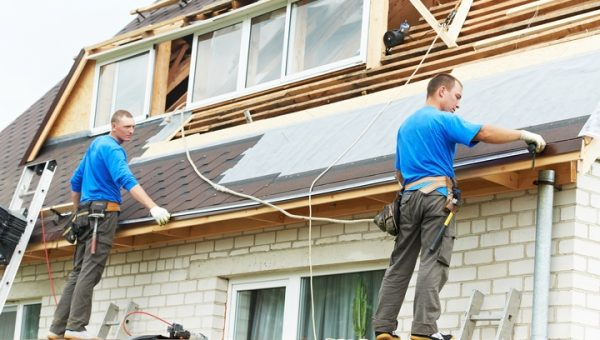Being comfortable at home has a lot to do with finding the optimal temperature for your living area. Of course, everyone has their own personal preference when it comes to determining exactly how hot or how cold they feel best in a space. The best room temperature for one person may not be suitable for another person, so the air conditioner settings must be adjusted accordingly.
There are definitely some general guidelines you can follow to create the best room temperature while keeping your energy bills low. It is important to keep in mind that different areas of your home should ideally be kept at different temperatures for total optimization.
Here is a guide to ensuring you have the best room temperature throughout your home:
1. Go for flexibility in the living room

Chances are that you spend more time in your living room than in any other room in your house. It is also likely where you engage in the most diverse range of activities. From hosting company, to hanging out in your pyjamas on Saturday morning or relaxing after work, you want to create a space that offers maximum flexibility.
2. Follow the 19-22 rule

Generally speaking, the rule of thumb for the best living room temperature is between 19 and 22 degrees. Most people find this agreeable and it will probably be appropriate for any guests you have over. That being said, some people prefer a warmer space, although it is not advisable to go over 22 degrees. Keep in mind that the higher you turn your thermostat, the more you can expect your energy bill to be.
3. Heat in style

For rooms in your home that see a lot of action, or where you often entertain, you might want to consider a designer radiator. These chic new appliances have come a long way and now offer excellent efficiency in addition to aesthetic value. If you’re looking for supplementary heating options, a stylized radiator can be a fun way to add warmth and a neat design element to your space, without breaking the bank.
4. Go warmer in the bathroom

Nobody likes walking into a chilly bathroom. It is uncomfortable, off-putting and shows that you’ve put little thought into how you should optimally heat your home. Ideally, the best room temperature in the bathroom should around 23 degrees.
5. Don’t forget about the floor

Due to the fact that the bathroom should definitely be slightly warmer than the rest of your home, underfloor heating is a great option. Installed in one room only, underfloor heating will likely be all you need to achieve an environment that is a few degrees warmer than the rest of the house. Alternatively, a towel radiator will also help heat the room while drying towels quickly and ensuring that they are nice and warm for you when you hop out of the shower.
6. Cool things off for better sleep

Going from one extreme to the other, your bathroom should be the warmest room in your house and your bedroom should be the coolest. Some people even swear by keeping the thermostat in their bedroom as low as 15 or 16 degrees in order to achieve an optimal night’s sleep.
Even if that seems a little on the chilly side to you, you definitely don’t want to go any higher than 20 degrees in the room you’ll be sleeping in. It is a waste of energy to keep the bedroom too hot and you will be less likely to wake up in the middle of the night if your room is on the cooler side.
7. Keep things stable

Even when you’re away from home during the day, it is not a good idea to have the temperature fluctuating too much. Some people turn the thermostat way down during the day when they are away at work because they think they’re saving energy, but it actually ends up costing more to continually be having to reheat the space. In general, the heating should rest but the temperature should not drop any more than a couple of degrees.
8. Set a moderate temperature for long trips

On the other hand, if you are going to be away for an extended period of time, it is advisable to let the place get a big cooler. You still don’t want the temperature to drop too dramatically though, as that can dampen the air and end up leading to much bigger problems than having to pay an energy bill. While you’re gone, it is best to keep the heat running but to set it at a moderately low temperature, around 13-15 degrees.
9. Go digital for remote access

Many digital thermostats now have smart functions, so you’ll even be able to gradually increase the temperature in your home on the day or two leading up to your return. If you travel a lot, pay attention to the change in your energy bill over the time that you’re away and figure out a system that saves you the most money while ensuring you don’t come home to a freezing house.




